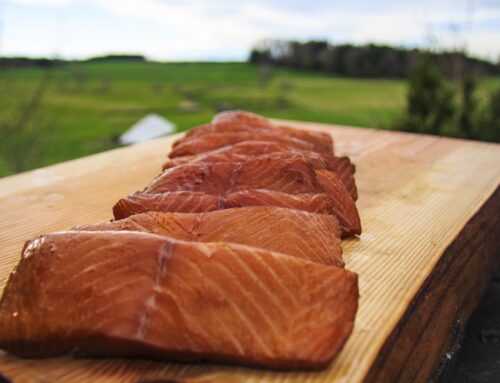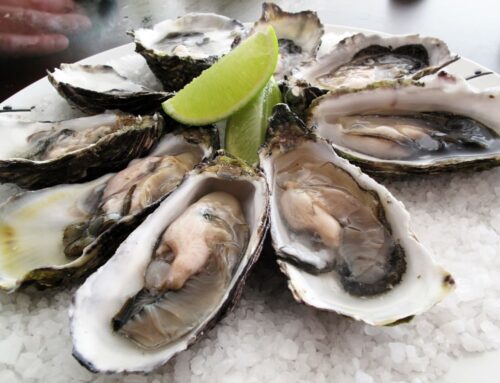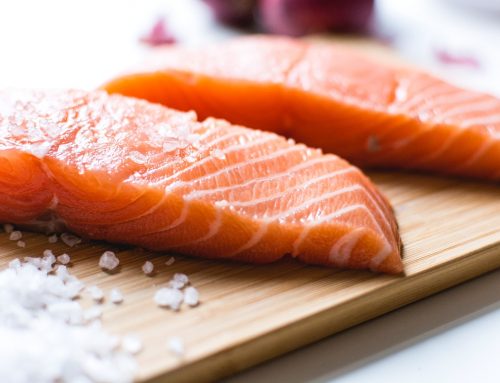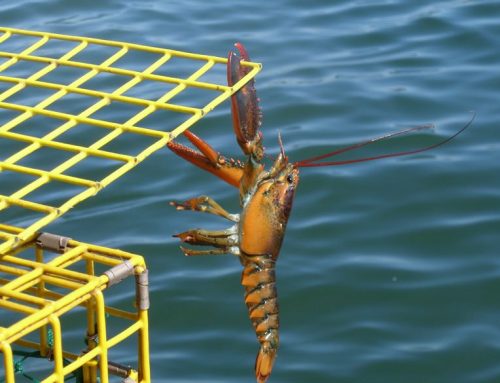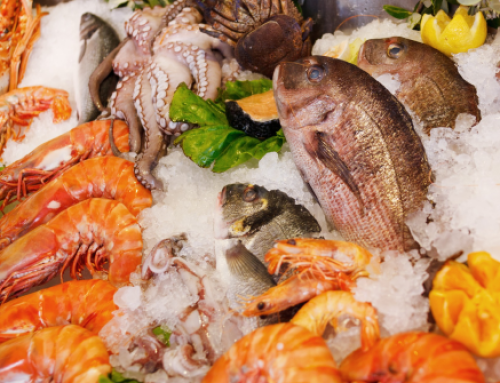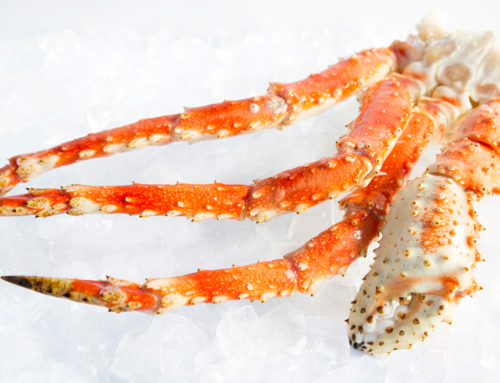Photo from Eat Smarter
Depending on who you talk to, carp is either an important source of seafood today and especially in the future or else it’s an invasive, foul-tasting species that is crowding out superior fish. Or both. Carp is one of the most commonly eaten fish worldwide. It’s also native to Asia and didn’t come to Europe till the 13th Century and not until North America until the late 19th Century. It will eat the eggs of native, better-tasting (according to many) fish.
In contrast to walleye, tilapia, and other dry flaky fish, carp is an oily fish, even more so than salmon and trout. It also has a reputation for being a dirty-tasting fish, though it’s hard to say for sure how much of this taste is the quality of the fish itself and how much of it is the quality of the water. Being a hardy fish, carp can live in all kinds of water. I had a teacher once who lived and loved fishing and would sometimes clean and eat his own fish. He used to say that the taste of the fish—any fish—depends on the quality of the marinade (meaning the quality of the water the fish swam in). In this way, the resiliency of carp is both a blessing and a curse. For while the fish may be more likely to pick up and hold any contaminants, it can also survive in tougher conditions. And while that generation of fish may not necessarily be the healthiest food choice, their big-lipped offspring can be planted to cleaner waters. Already one of the most commonly eaten fish, it can serve as a crucial lifeline for the global food supply in any number of dire scenarios.
Another big factor when it comes to carp, however, is how the fish is cleaned and prepared. The red meat is the oiliest part of the fish and most responsible for harboring the poor taste. Remove this part of the carp, then score the fillets fairly aggressively. This will allow the heat and cooking oil to penetrate through the fish and break up the bones that can be found in the fillet. As part of cutting out all the red meat, you can also remove the bones when cleaning, using a carp diagram in the beginning to help get your bearings. Then, along with adding your preferred seasoning and cooking the fish approximately ¾ of the way through, you should be able to create a delicious-tasting result. Along with all the conventional ways to cook fresh fillets, carp can also be either smoked or pickled.
Big-picture, the takeaway should probably be not that carp is a bad-tasting fish—but rather that it takes longer to prepare and cook it. And while there are legitimate reasons to consider carp to be “rough” fish, the idea that the fish aren’t palatable for eating is misleading if not outright false. By practicing and polishing your cleaning technique, you can cook great carp even in fairly large quantities without spending an inordinate amount of time. Some people are surprised to learn that carp can grow to be more than 60 or 70 pounds.
Plus, everybody seems to be in agreement that this big-muscled fish fights like all get out and is a favorite of fishermen. So, while we can continue to have a spirited debate about the culinary qualities of carp, let’s bury the controversy for a more measured conversation about the pros and cons of the fish.
Take note of our Affiliate Relationships that may exist with this page and companies listed on it.


